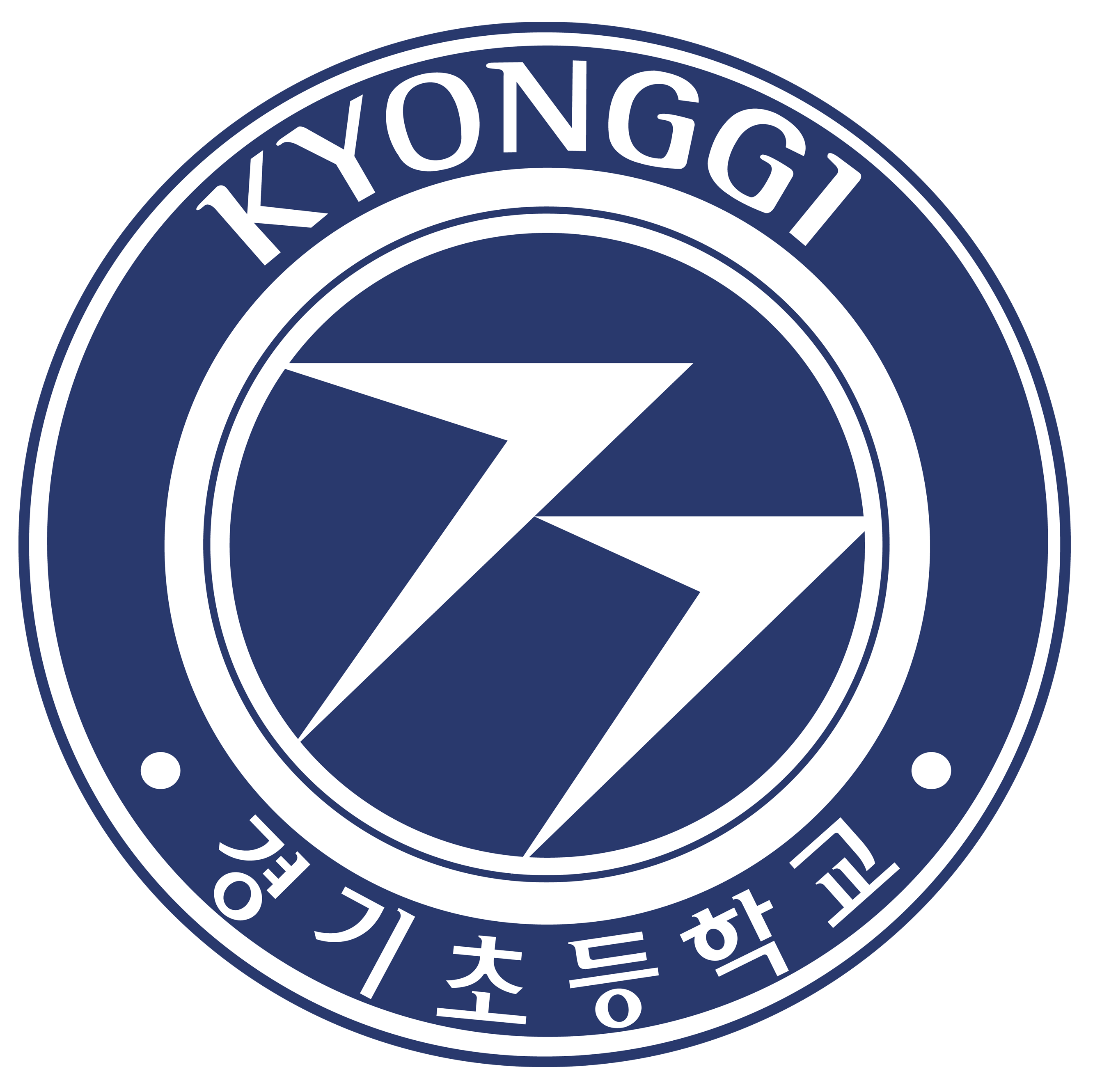★Asia★
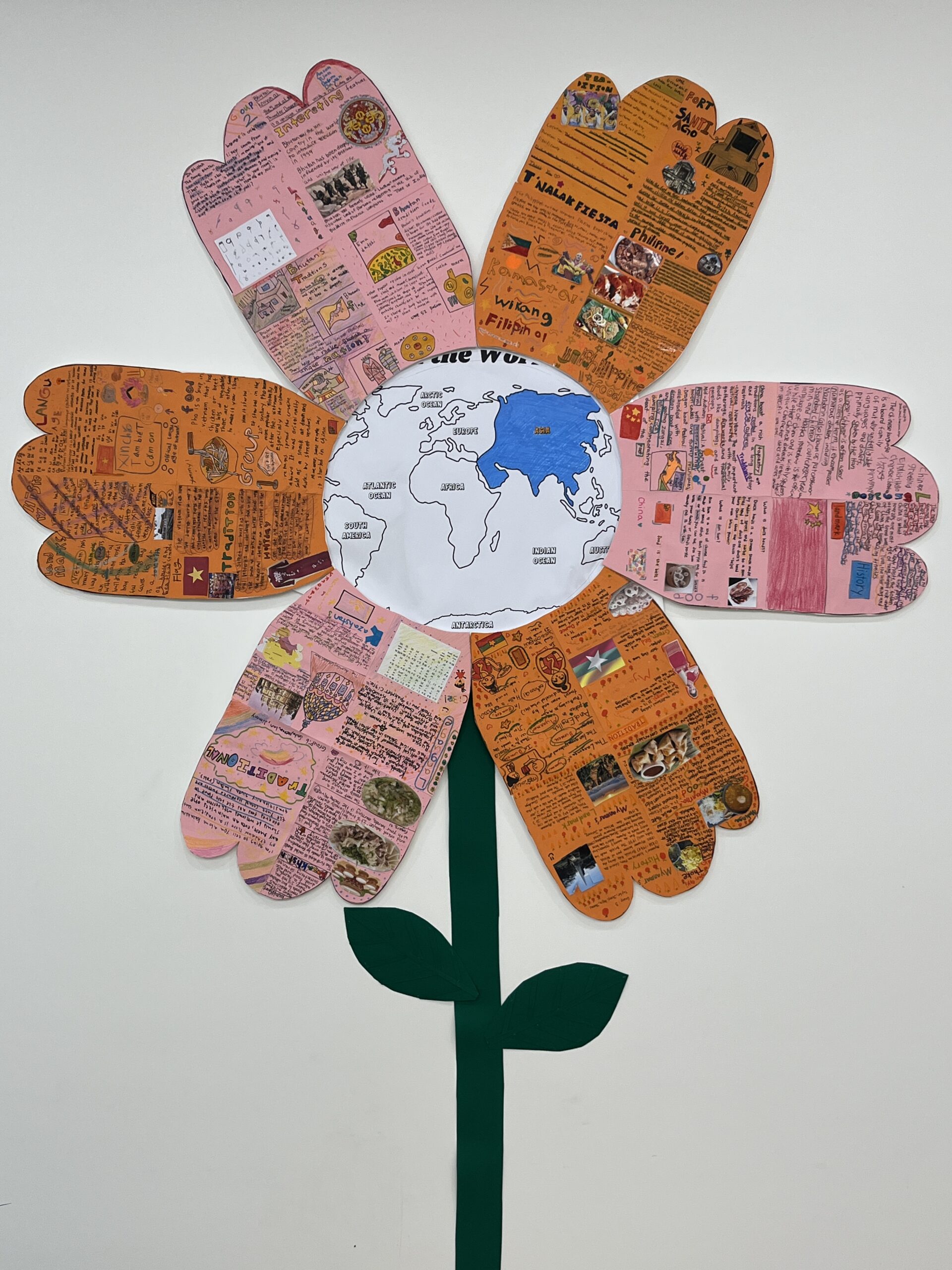
Vietnam (Ume_Group1)
Members: Jeong, IHyun (Hailey) / Hwang, Hyeon Seong (Sky) / Kim, RoA (Roa) / Park, JiHo (Joseph)
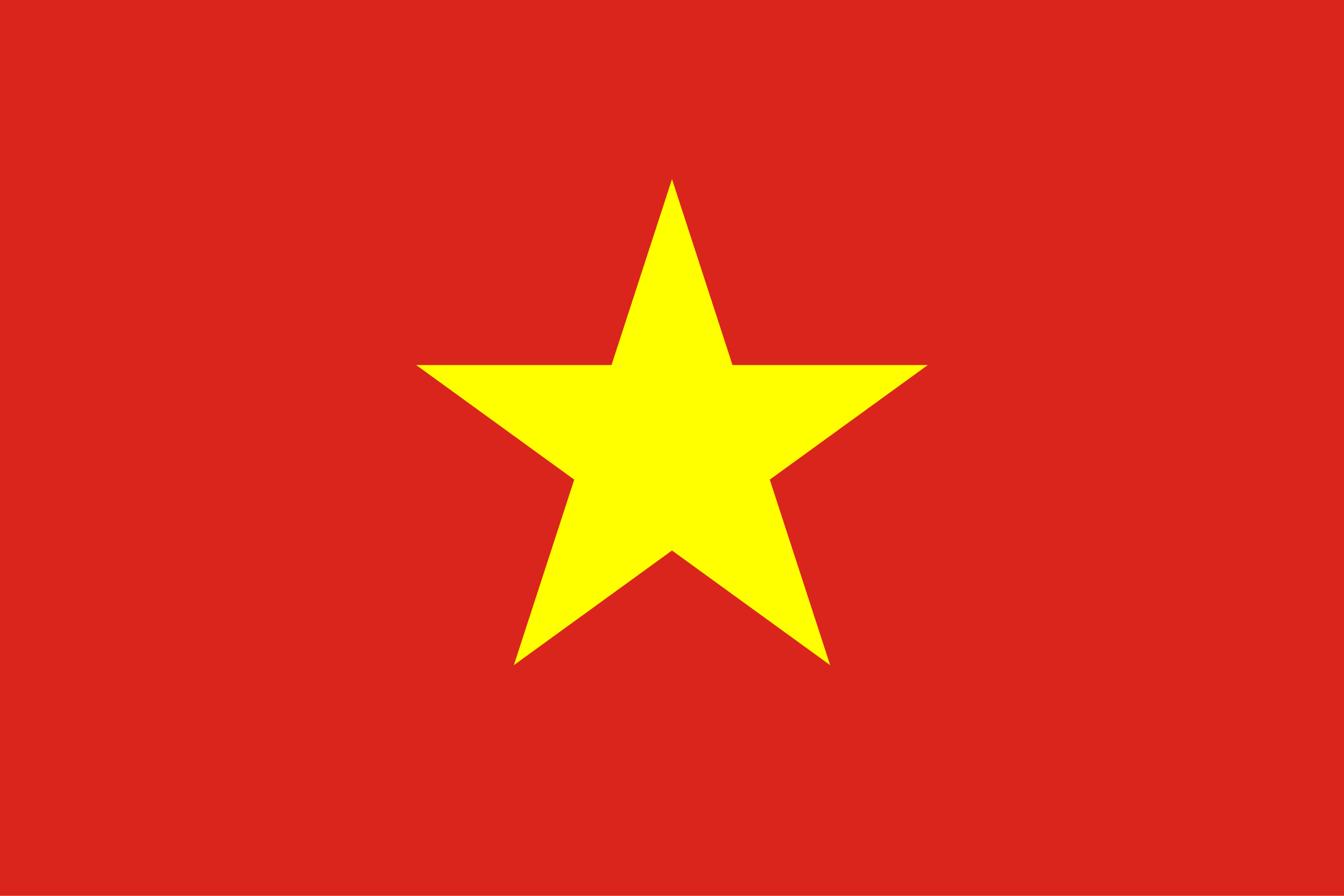
Language – Vietnamese is the official language. It has significant influences from Middle Chinese and French. It is spoken by 86 million people. Hello: Chào (chow), Goodbye: Tạm biệt (tam bee-et)
Members: Jeong, IHyun (Hailey) / Hwang, Hyeon Seong (Sky) / Kim, RoA (Roa) / Park, JiHo (Joseph)
Food – Pho is a popular soup created between 1900 and 1907. It is made with noodles, vegetables, and chicken or beef. It spread around the world after the Vietnam War.
Traditions – The Mid-Autumn Festival is a major national holiday in Vietnam. The streets bustle with colorful lanterns and children’s toys. The Vietnamese flag is red with a central yellow star.
History and landmarks – Vietnam began as a number of independent kingdoms and was later ruled by China and then France. Famous sites include the old capital of Hue, Ha Long Bay, and Hoi An.
Bhutan (Ume_Group2)
Members: Kang, SeongHyo (Aaron) / Kim, DaSom (Dasom) / Ko, DaHyun (Dayen) / Ha, YiJun ( Yijun)
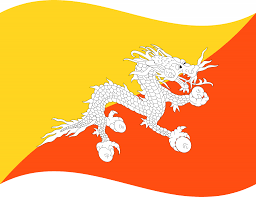
Language – The Official language of Bhutan is Dzongkha. The name Bhutan likely comes from the Sanskrit term that means “The end of Tibet”. Hello: Kuzuzangpo la (ཀུས་རྫོང་བཟང་པོ་ལ) Goodbye: Log Jay Gay (ལོག་འགྱེན་གེ་)
Food – Bhutanese cuisine is known for its bold flavors. Some must-try dishes include Ema Datshi (cheese and chile stew) and Phaksha Pa (Pork and red chili).
Traditions – Bhutan’s flag is orange and yellow with a dragon in the middle. Bhutan’s culture is intertwined with Buddhism. Key aspects include the national dress, arts and crafts, and unique festivals.
History and landmarks – Bhutan is known as the “Land of the Thunder Dragon”. It was never colonized by any European or Asian power. It only introduced television in 1999.
Myanmar (Ume_Group3)
Members: Hong, ChaeIn (Jenny) / Kim, SeoJin (Seojin) / Kim, TaeYun (Taylor) / Cho, SeongHu (Thomas)
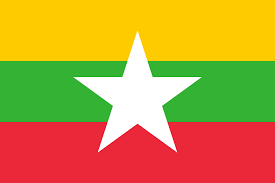
Language – In Burmese, “Hello” and “Goodbye” are “Mingalaba” (မင်္ဂလာပါ) and “Ta ta” (တာတာ). The rounded appearance of Burmese writing is traditionally attributed to the practice of writing on palm leaves.
Food – NanGyi (နန်းကြီး) Thoke is often referred to as “Burmese spaghetti”. It is a warm rice noodle salad. Mohinga (မုန့်ဟင်းခါး) is a herb-based, lemongrass and rice noodle soup.
Traditions – Their traditional clothing is a cloth wrapped around the body called Longyi. The three stripes on their flag represent solidarity, peace, and courage. They also have a national sport called chinron.
History and landmarks – In the colonial era (1824-1948), Myanmar was exploited for its resources by the British Empire. Bagan (ပုဂံ) has over 2000 Buddhist temples including a golden temple called the Shwedagon.
China (Ume_Group4)
Members: Park, DaeYoon (Daeyoon) / Choe, InAh (Inah) / Lim, Ellyn (Ellyn) / Kim, AYoon (Paul)
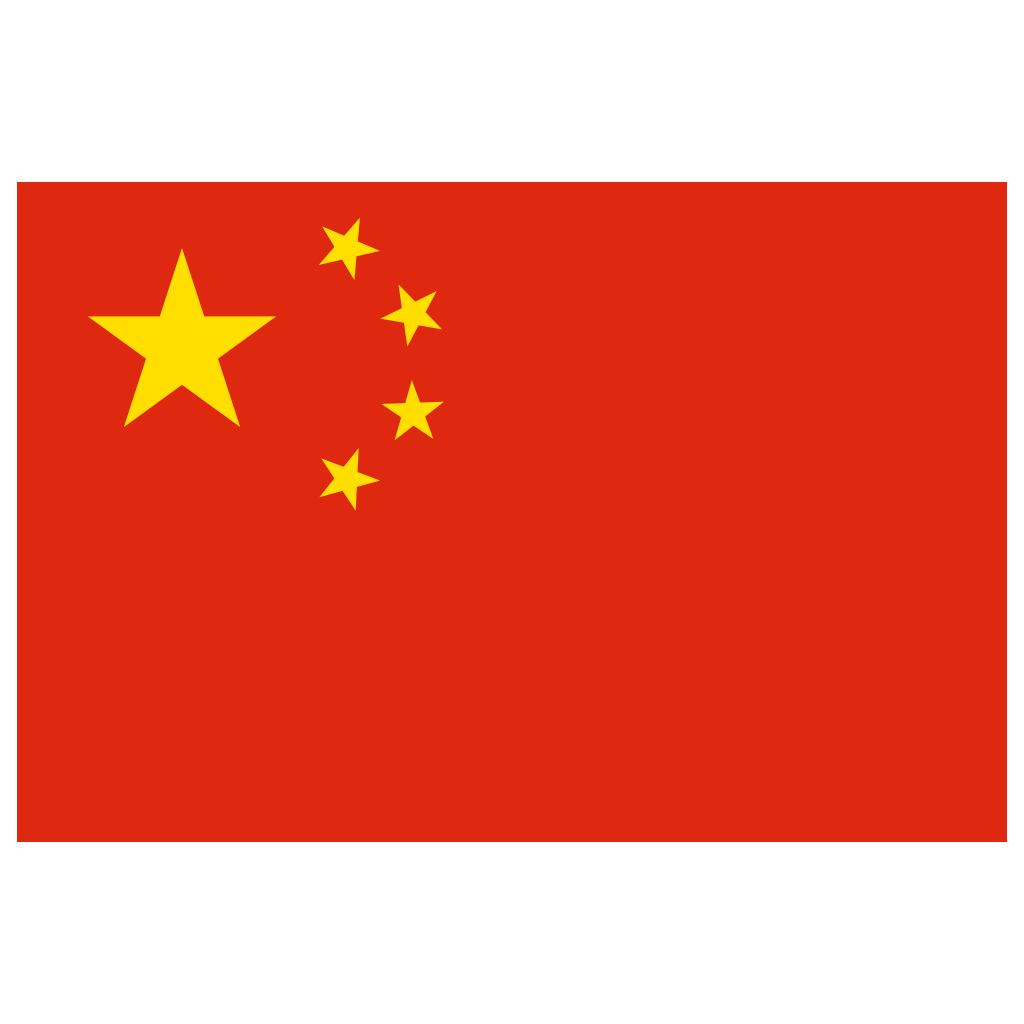
Language – Ancient Chinese history spans over 4000 years! Chinese history began with the Xia Dynasty (c. 2070-1600 BCE). The most famous landmark is the iconic Great Wall of China.
Food – Duck head is a Chinese snack made by adding spices and herbs to a stir-fried head of a duck. Other popular dishes include dim sum and bubble tea.
Traditions – The Chinese New Year is the most important festival in China. It is celebrated by gathering with family. Other important festivals include the Mid-Autumn Festival and the Dragon Boat Festival.
History and Landmarks – Mandarin is the official language of China. However, “Chinese” encompasses numerous dialects including Cantonese, Wuming, and Hakka.
Philippines (Ume_Group5)
Members: Kim, MinJe (Roy) / Chang, SiWoo (Aiden) / Jeon, EIn (Sophia) / Kim YuNa (Leah)
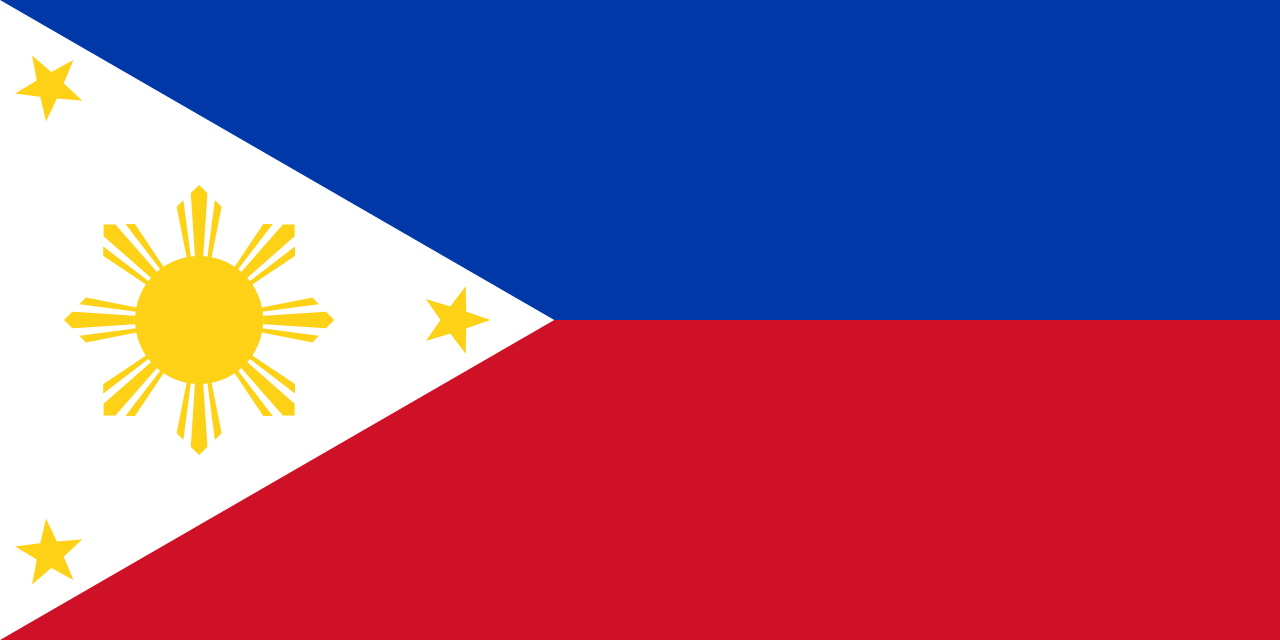
Languages – English and Filipino are both official languages in the Philippines. Arabic, French, Korean, Chinese, and Spanish are also spoken. Hello is “Kumusta,” and goodbye is “Paalam” in Filipino.
Food – Any list of Filipino foods wouldn’t be complete without adobo. It is a type of stew usually made from pork. Lechon is also worth a try. It is a whole pig grilled over charcoal.
Traditions – The T’nalak cloth fiesta is a symbol of the culture of the South Cotabato province. It includes civic parades, street dancing, thematic competitions, trade expos, and culinary exhibitions.
History and Landmarks – Fort Santiago is one of the oldest fortifications in Manila. It was built by the Spanish in 1571. It has been occupied by the Spanish, British, Americans, and Japanese over the years.
Kazakhstan (Ume_Group6)
Members: Park, SiYoung (Megan) / Ryu, IAn (Ian) / Yang, Jiwan (Jimmy) / Lee, SeoHa (Seoha)
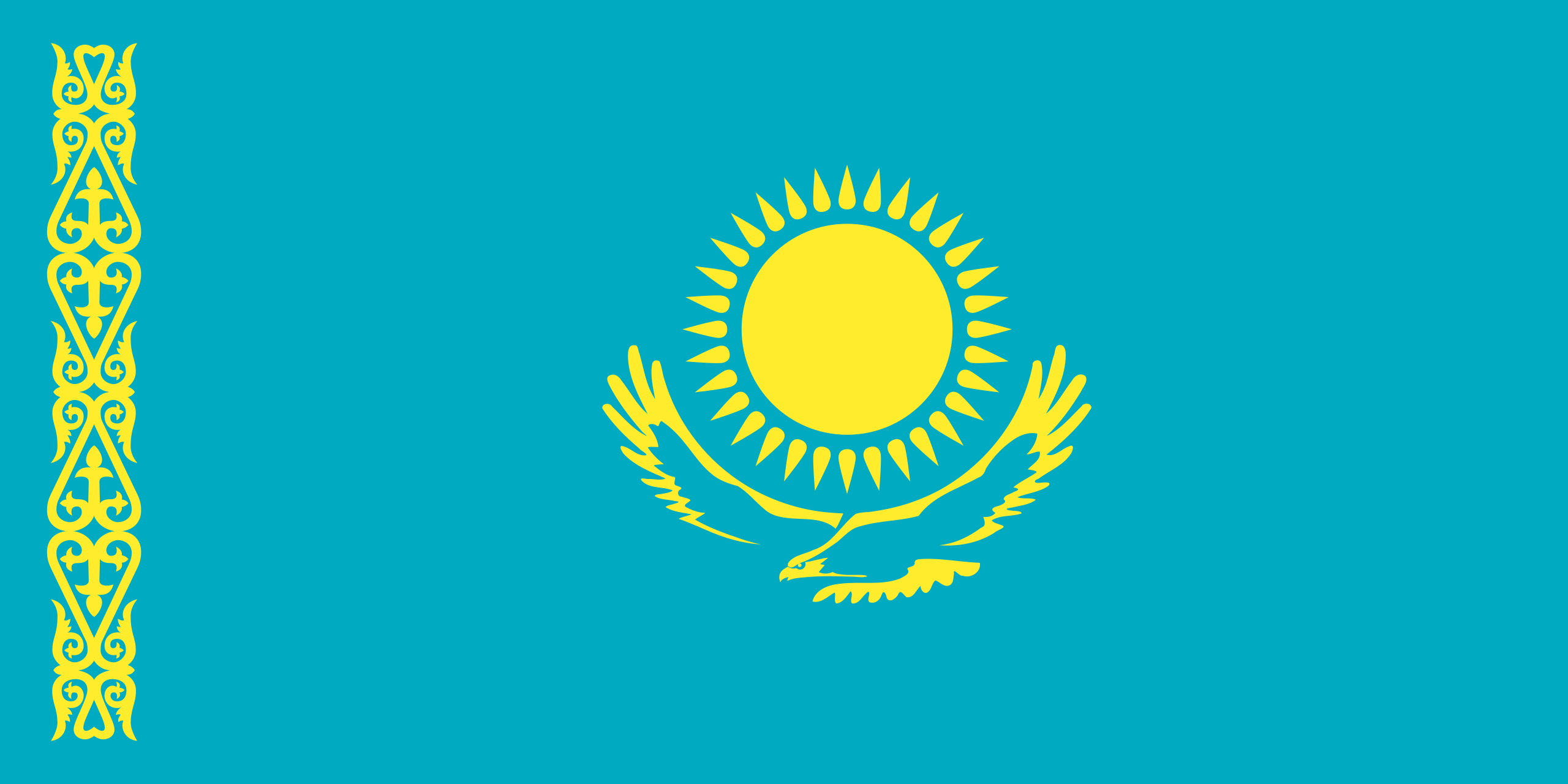
Language – Kazakh is the official language of Kazakhstan. It is also common in surrounding countries. In Kazakh, hello is Сәлем! (Salem!), goodbye is Қош көріңіз! (Qosh köriñiz!).
Food – The most famous food in Kazakhstan is called beshbarmak. It is made from boiled meat, noodles, and onion sauce and is eaten with your hands. A popular drink is a fermented raw milk called kumis.
Traditions – In Kazakhstan, guests are traditionally offered food and the best place to sit in the yurt (tent). Kokpar is a horseback riding sport similar to polo that is played with a goat carcass.
History and Landmarks – In the 13th century, Kazakhstan came under the rule of the Mongolian Golden Horde. They were later annexed by Russia. The Ascension Cathedral is the most famous landmark.
★Africa★
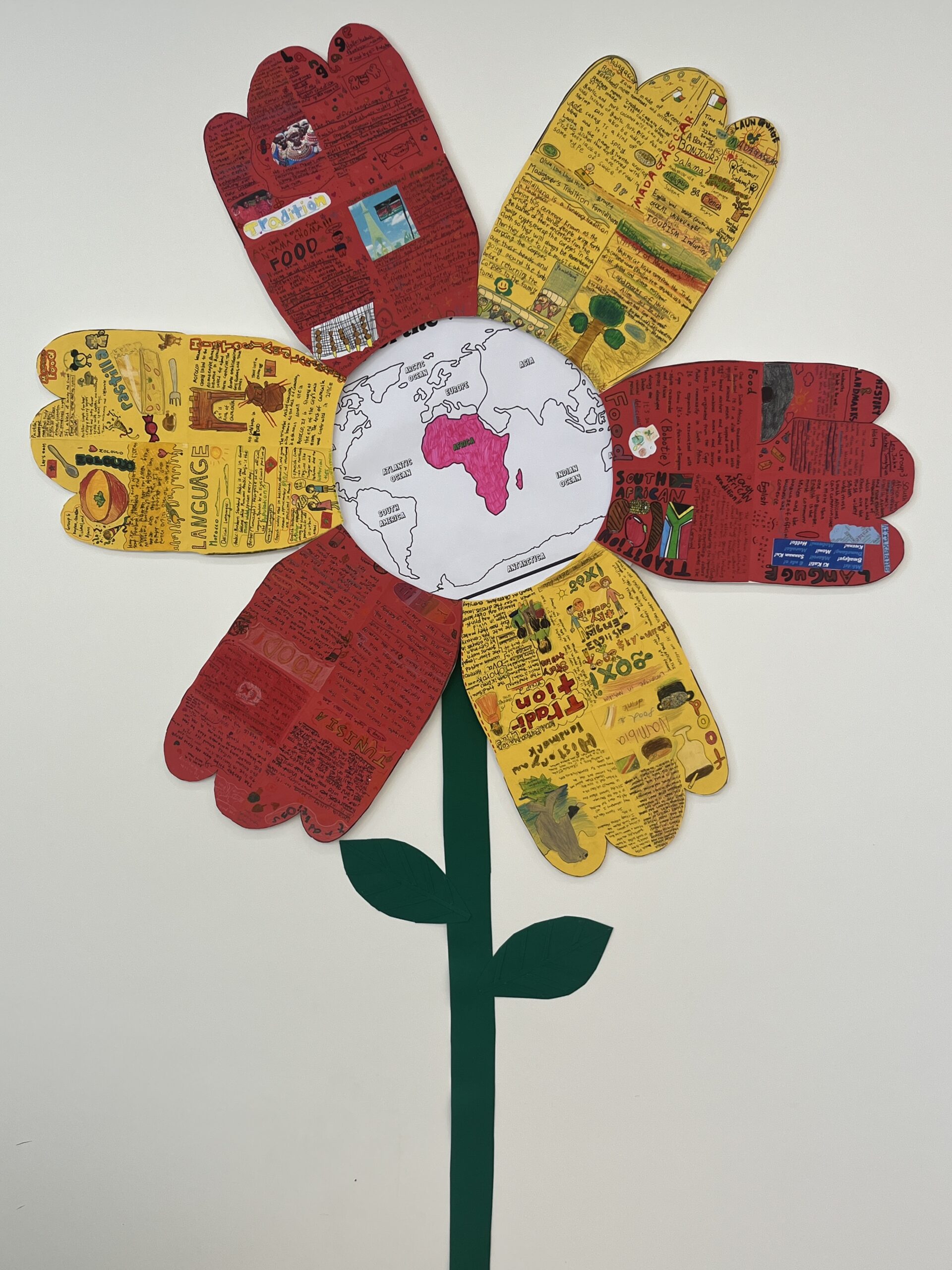
Kenya (Rose_Group1)
Members: Kim, ChaeYul (Emily) / Park, JuHwan (Juhwan) / Park, JiYul (Ruby) / Jo, JaeHee (Jaehee)

Languages – The two official languages of Kenya, Swahili and English, are widely spoken. Swahili is a Bantu language native to East Africa, and English is inherited from British colonial rule.
Food – Nyama choma is considered the national dish. The word nyama choma means “barbecued meat” in Swahili. People gather informally around an open fire on special occasions.
Traditions – Kenya’s cultural traditions include respect for elders, modesty in dress, and a focus on community and kinship ties. The Maulidi cultural festival celebrates the birth of the Prophet Mohamed.
History and Landmarks – The Uhuru “freedom” Gardens National Monument commemorates independence from the British Empire. It contains the Mugomo tree, planted in the exact location where the Kenyan flag replaced the Union Jack.
Namibia (Rose_Group2)
Members: Kim, MinChan (Mason) / Kim, LiJae (Lijae) / Cheon, EunJoo (Eunjoo) / Lee, SeokHyun (Kai)
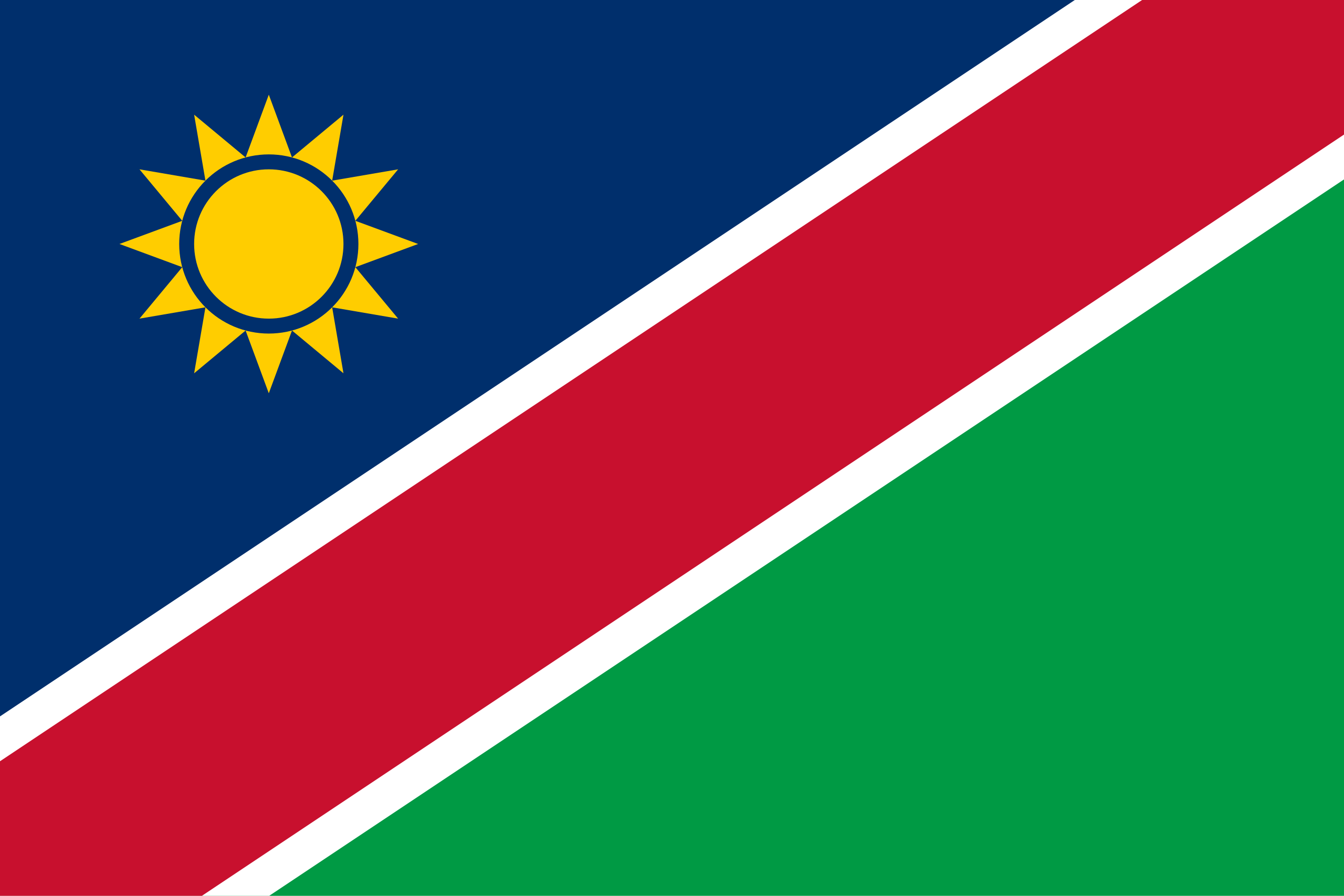
Language – English was Namibia’s sole official language in 1990. “Ossinambo” is the most widely spoken indigenous language. Namibia adopted English as a rejection of its German colonial past.
Food – Namibia’s cuisine blends European and local traditions. Potjiekos is made with meat and vegetables cooked slowly over an open fire. Oshikundu is a traditional drink made from fermented millet (Mahangu).
Traditions – Namibia’s traditional dress is called Ohorokova. It is a vividly colored floor-length gown adopted from German missionaries. The traditional music is tribal beats accompanied by storytelling or dancing.
History and Landmarks – Namibia was settled by hunter-gatherers, later became a German colony and then a mandate under South African rule. Points of interest include Fish River Canyon, Etosha National Park, and Okaukuejo Etosha.
South Africa (Rose_Group3)
Members: Kang, MinSeok (Jake) / Lee, SongHyun (Songhyun) / Hyeon, ChaeYoon (Rachel) / Cho, HyeonHo (Leo)

Languages –South Africa has eleven official languages: English, Afrikaans, and nine other ethnic languages. English is the most commonly spoken and the language of official business and commerce.
Food – Bobotie is a dish made with spiced minced meat topped with an egg-based mixture and baked in an oven. It’s a fusion of European-style casseroles and Asian spices.
Traditions – The South African flag is black, yellow, green, white, red, and blue. South African culture is a vibrant mix of traditions that includes Indigenous, European, and Asian influences.
History and Landmarks – Nelson Mandela is a very famous South African. He won the Nobel Peace Prize. South Africa is often called the “rainbow nation” due to its diverse population and culture.
Madagascar (Rose_Group4)
Members: Lee, SeungWon (Lloyd) / Kim, JiHyo (Olivia) / Song, YunHa (Lina) / Lee, HoJin (Hojin)
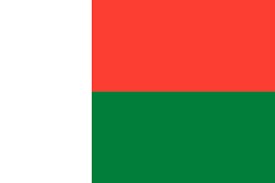
Languages – Madagascar uses two official languages, Malagasy and French. In Madagascar, “Hello” is “Salama” in Malagasy and “Bonjour” in French. English is used in the tourism industry.
Food – Roma Zava is made from greens, zeba (beef), meat, tomatoes, and onions. Racitoto means “crushed cassava leaves”. It is made with cassava leaves, garlic and pork, fish, or shrimp.
Traditions – Famadihana (turning of the bones) is a funerary tradition in Madagascar. During this ceremony, people bring forth the bodies of their ancestors and rewrap the corpses in fresh cloth.
History and Landmarks – Madagascar has many distinct and diverse ecosystems. The Allee des Baobabs is a stunning dirt road lined with giant Baobab trees (some over 800 years old).
Tunisia (Rose_Group5)
Members: Hahm, JeongWon (Sophia) / Cha, YoonSol (Tina) / Lee, IAn (Ian) / Park, JoonHyung (Louis)
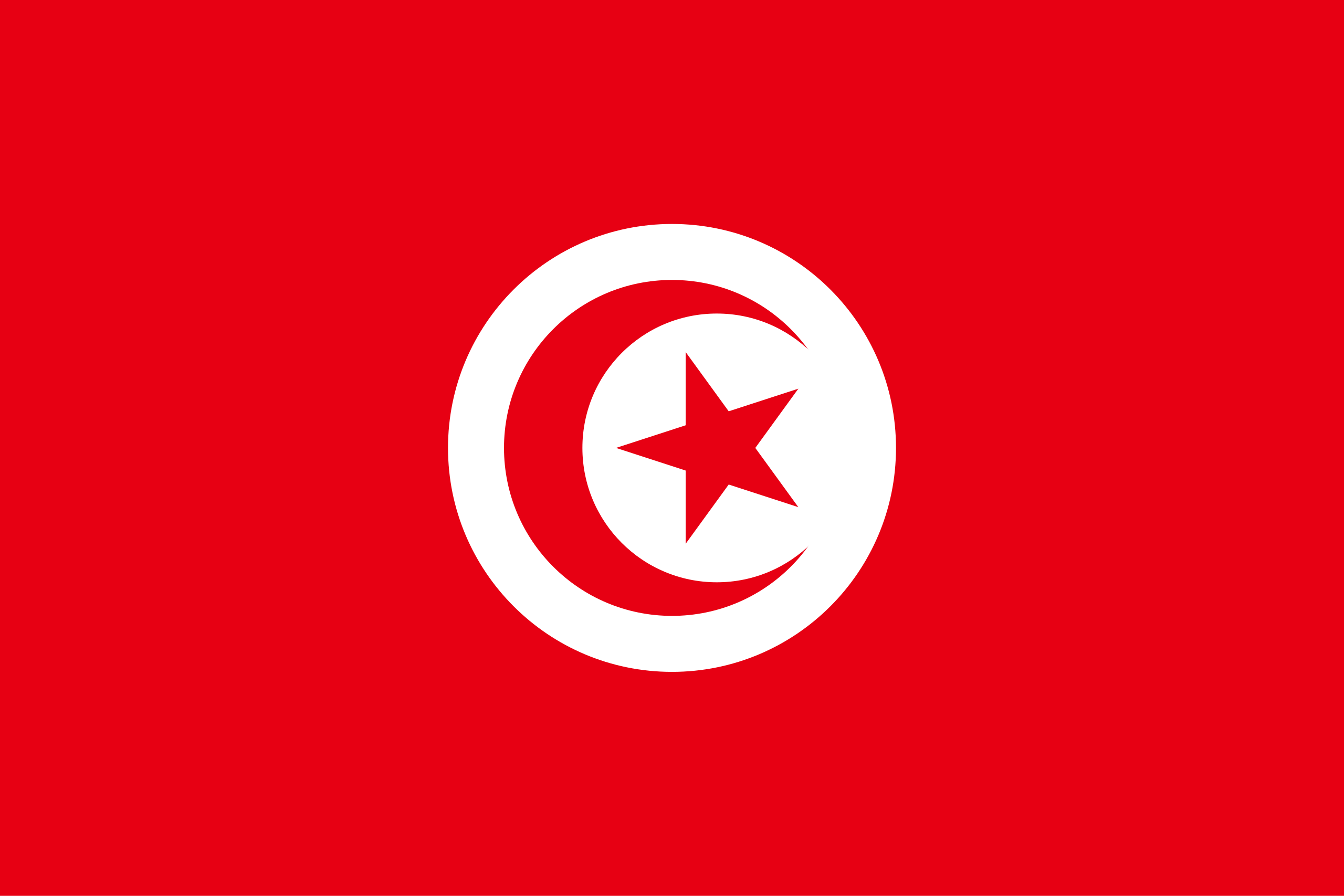
Languages – Tunisia uses both Arabic and French. The Arabic language dates from approximately the 7th century. The morning greeting is sabah hal khair in Arabic and bonjour in French.
Food – Tunisian cuisine is a vibrant blend of Mediterranean and Berber culinary traditions, influenced by the many other cultures. Couscous, brik, and slata mechouia are popular foods. Mint tea is a traditional drink.
Traditions – Tunisian clothing is known for its vibrant colors and intricate embroidery. The ‘jeb”, a long robe often made from silk or wool. Chechia is a head covering often worn by women.
History and Landmarks – The Berber tribes were the first people to live in Tunisia. It was later ruled by the Phoenicians, Romans, Vandals, Byzantines, Islamic dynasties, and the French. Today, they are working to create a stable democracy.
Morocco (Rose_Group6)
Members: Lee, JuYoon (Kaylee) / Lee, GaBeen (Gabeen) / Min, DooYoung (Michael) / Lee, SeoJun (Ayann)
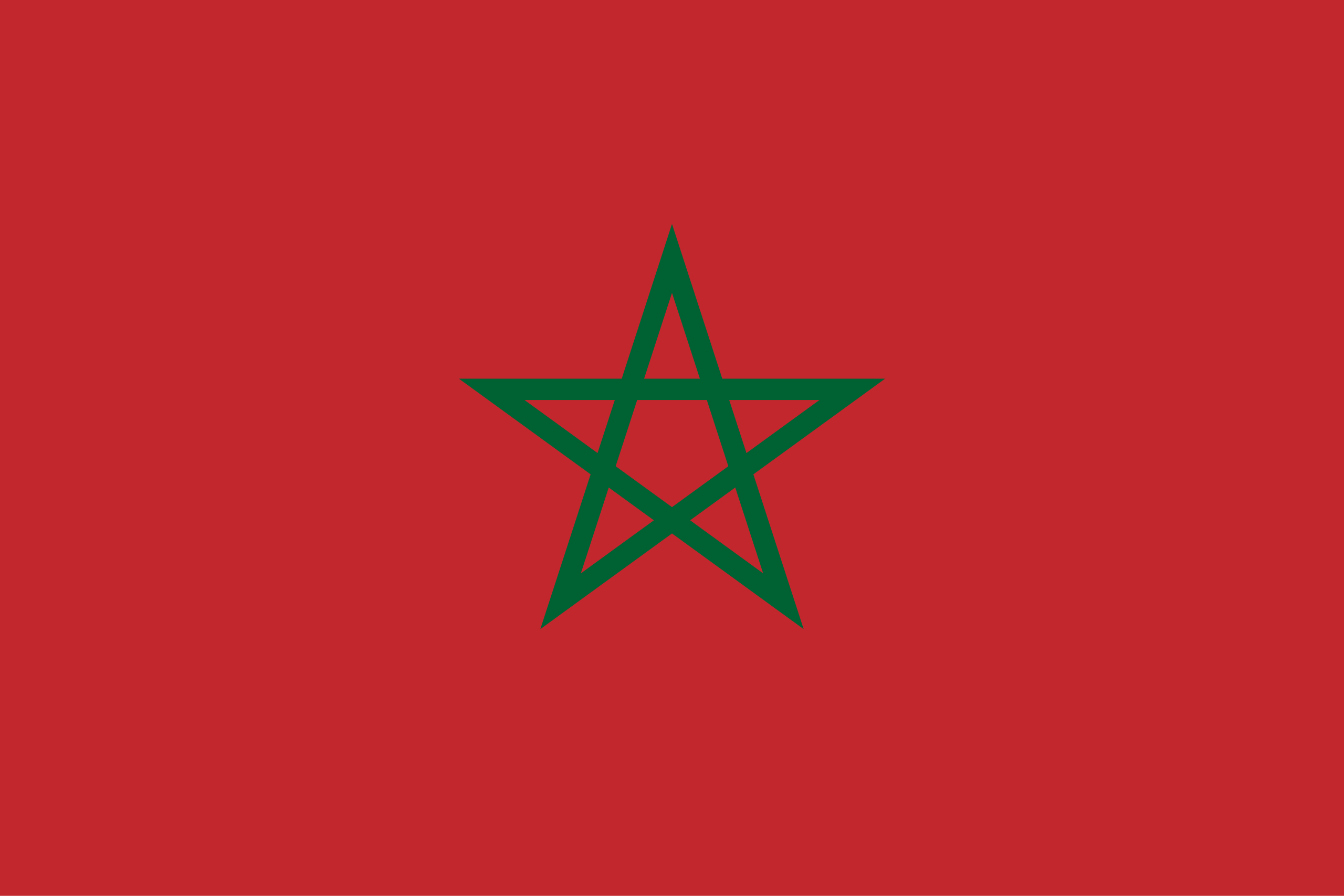
Language – Arabic is used in formal settings, while Moroccan Arabic (Darija) is widely spoken every day. Berber, French, and English are also used by a significant portion of the population.
Food – Pastilla is a sweet pie traditionally made with warqu pastry, pigeon or chicken, almonds, cinnamon, and powdered sugar. It has lots of crispy pastry layers and is spiced with saffron.
Traditions – Food is an important part of the culture and traditions of Morocco. Harira is a soup eaten on its own or as a light snack. The sharing of food with friends and family is highly valued.
History and Landmarks – Morocco was historically influenced by the Roman Empire. The Triumphal Arch of Caracalla is a famous Roman site in Morocco. The Arch of Caracalla was constructed in 27 CE.
★South America★
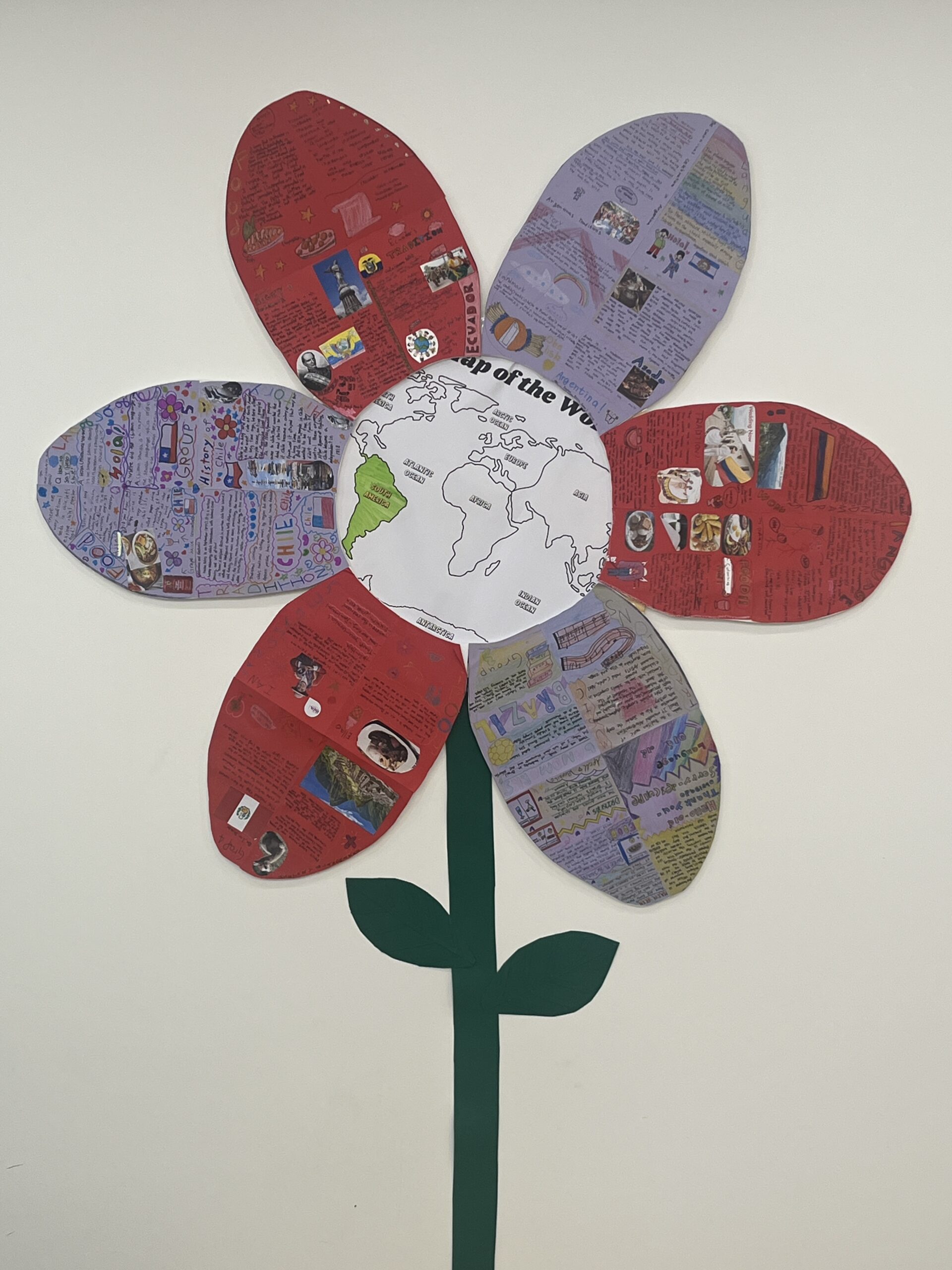
Argentina (Orchid_Group1)
Members: Lee, YoungHyun (Alex) / Eom, TaeHee (Sophie) / Choe, BoNa (Bona) / Lee, JiHwan (James)
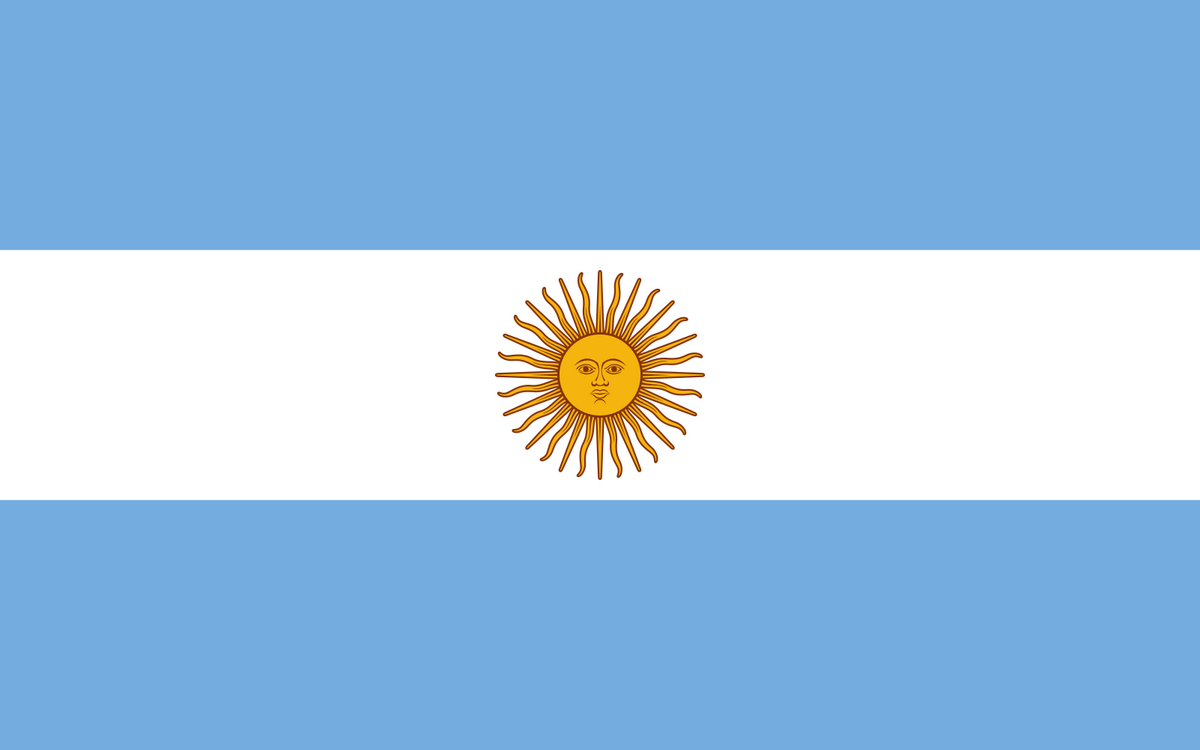
Language – The primary language spoken in Argentina is Spanish, and is used by almost the entire population of the country. Argentinians are also known for their abrazos, which are hugs and kisses on the cheek.
Food – Two of Argentina’s most famous foods are Mate tea and Asado. Mate tea is traditionally consumed from a gourd-shaped container and sipped with a metal straw containing a filter at its lower end to strain out the leaf fragments.
Traditions – Buenos Aires becomes full of life and street parties that go from evening until morning during the famous Carnival. People celebrate with music and dancing, showing the true spirit of the Argentinian carnival.
History and Landmark – The Obelisk is one of the city’s most famous landmarks and a venue for various cultural activities and other events. It is located at the heart of Buenos Aires.
Colombia (Orchid_Group2)
Members: Lee, YongJe (Jay) / Yoo, SooA (Sophia) / Choi, SeoYoon (Seoyoon) / Park, NaYoon (Raina)
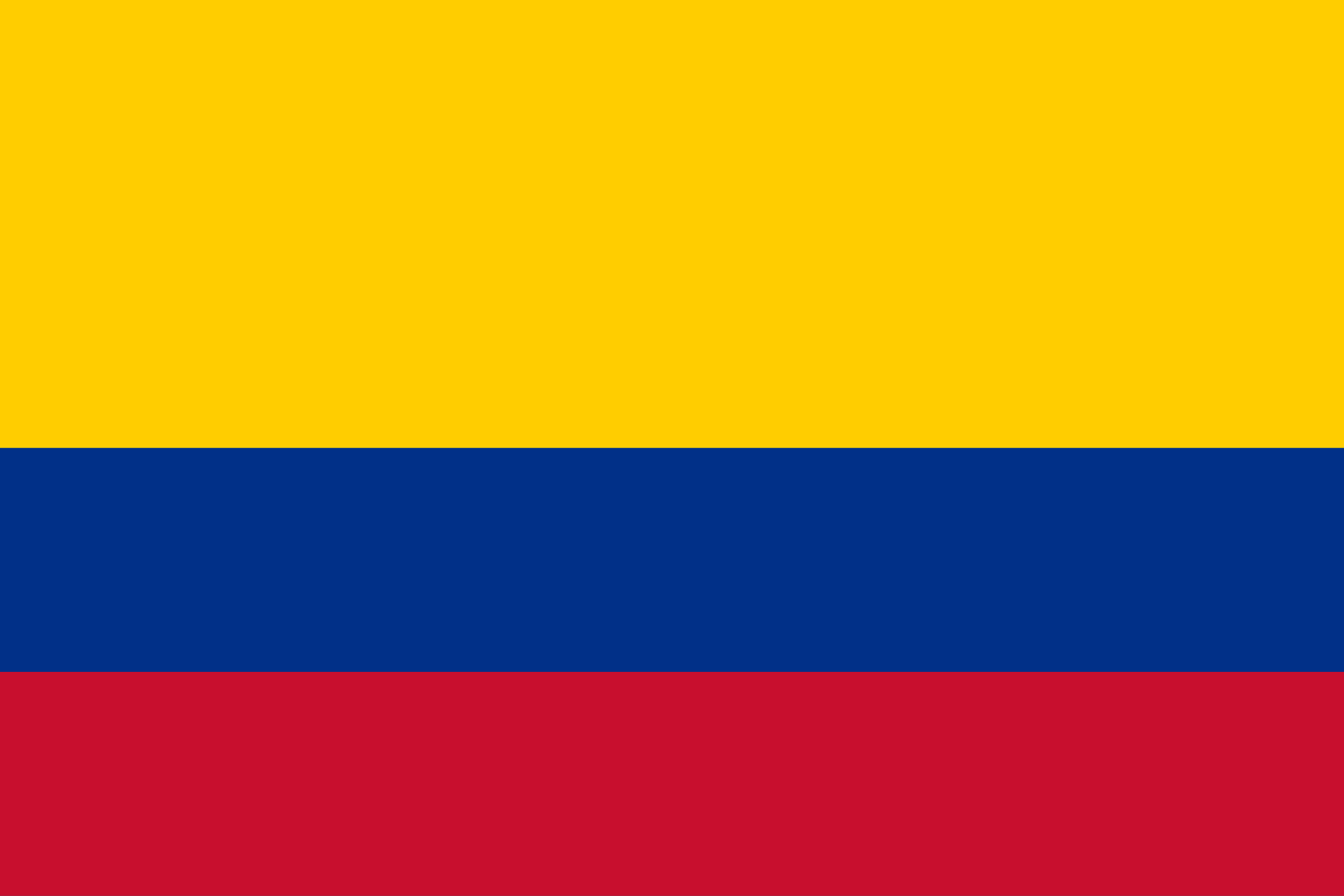
Language – The official language of Colombia is Spanish, which is spoken by over 99% of the population. In addition to Spanish, there are also numerous indigenous languages spoken in different regions.
Food – Colombian cuisine is known for its vibrant flavors, fresh ingredients, and African influences. Common staples include rice, maize, beans, potatoes, and plantains, often paired with meat. Colombia’s national dish is the Bandja Pais.
Traditions – Colombia has an interesting pre-wedding tradition called pedida de mano. Before the engagement, the groom traditionally seeks the bride’s father’s permission to marry. This formal request is followed by a celebration where the bride accepts the proposal, marking the beginning of the wedding festivities.
History and Landmark – Colombia’s history includes a period of indigenous civilization, Spanish colonization, a struggle for independence, and a complex post-independence era marked by civil wars, political instability, and economic challenges.
Brazil (Orchid_Group3)
Members: Ryu, JeongWoo (Aiden) / Choi, JiYu (April) / Choi, JiHwan (Jihwan) / Kwon, JiAn (Emma)
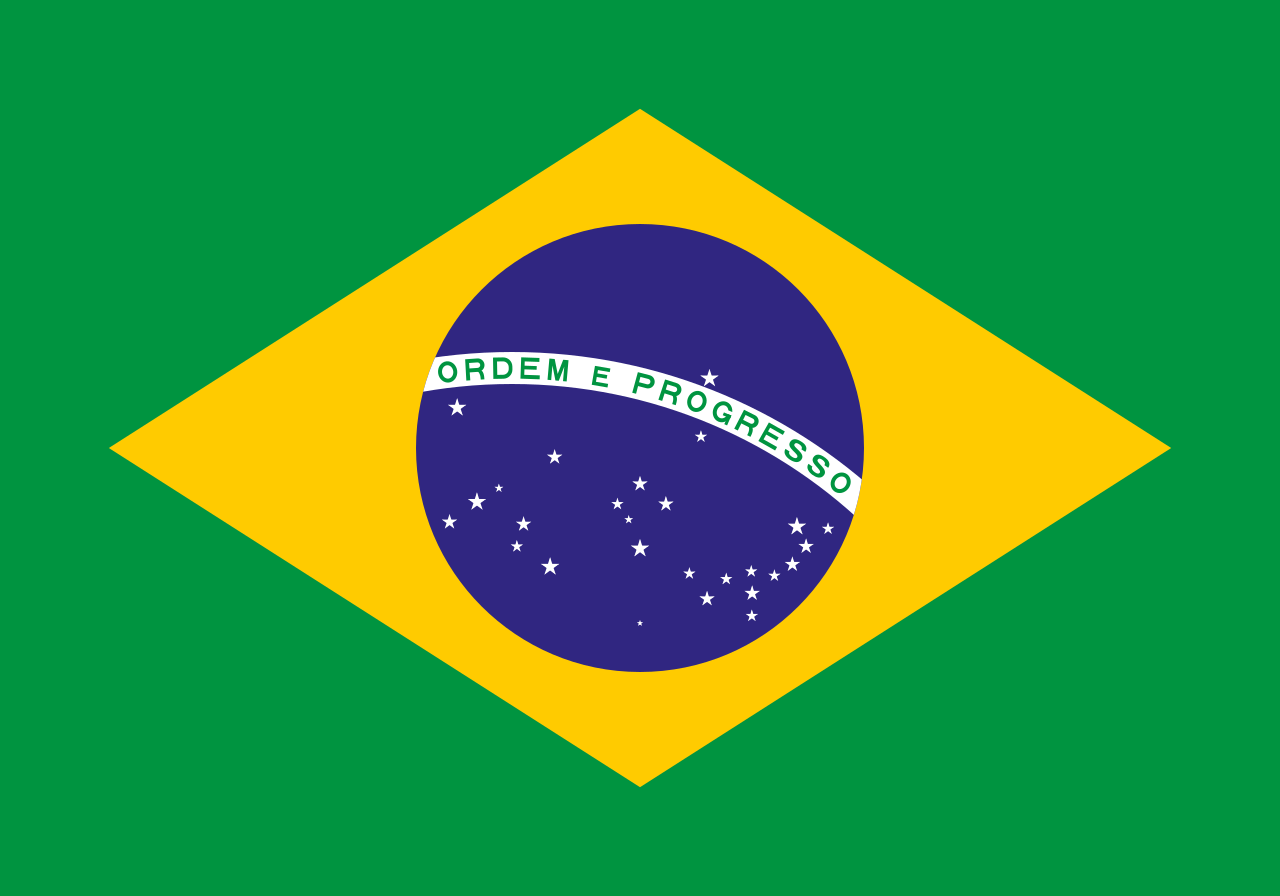
Language – Portuguese is the official language of Brazil, spoken by nearly all of its population. Brazil is the most populous Portuguese-speaking country in the world with its lands comprising the majority of Portuguese former colonial holdings in the Americas.
Food – Traditional sweets include brigadeiro and Romeu e Julieta. Brigadeiro is a chocolate truffle made from condensed milk, cocoa powder, and butter, rolled in chocolate sprinkles. Romeo e Julita is a delightful combination of guava paste and mild white cheese.
Traditions – Samba is the traditional music of Brazil. It originated in Afro-Brazilian communities in Rio de Janeiro in the early 20th century. This dance is the heartbeat of the Carnival, with samba schools competing in elaborate parades.
History and Landmark – Maracanã is a permanent football stadium located in Rio de Janeiro. Its official name is Estádio Jornalista Mário Filho, but most people simply refer to it as Maracanã.
Peru (Orchid_Group4)
Members: Joung, YuHyeon (Ian) / Lim, YeRin (Ella) / Jeong, DaNu (Daniella)
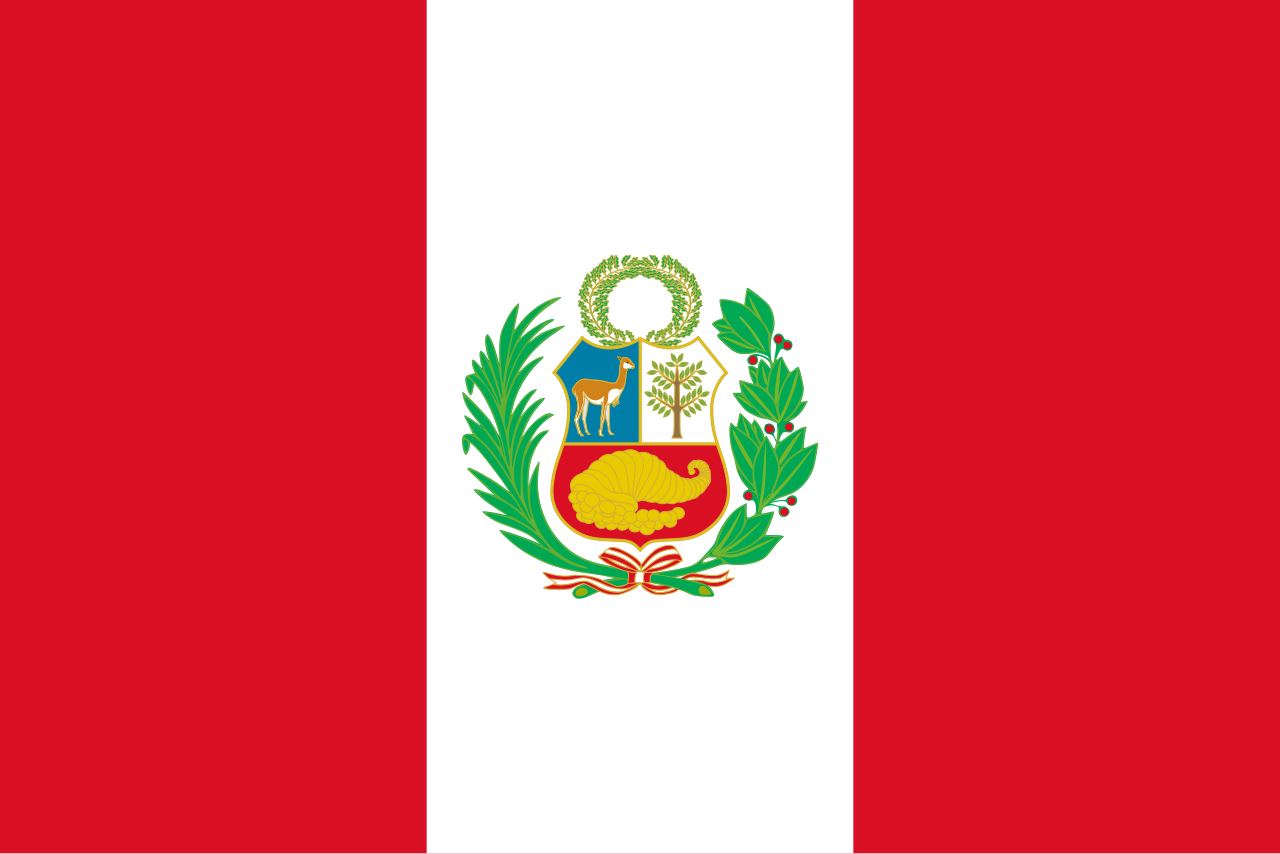
Languages – The official languages of Peru are Spanish, Quechua, and Aymara. Spanish is the most widely spoken language with about 84% of the population using it as their first language.
Food – One of the most popular foods in Peru is lomo saltado, which is a mix of Peruvian and Chinese cooking. It contains beef, onions, tomatoes, and peppers. All the ingredients are cooked in a pan, like stir-fry, and people eat it with rice and French fries.
Traditions – The national flag of Peru consists of three vertical stripes. The two outer stripes are white. The red color symbolizes the blood shed for independence, while the white represents peace and bravery.
History and Landmark – Peru’s mostfamous landmark is Machu Picchu. It is the ‘King’ of Peruvian landmarks. It is nestled high in the Andes Mountains. This ancient Incan citadel is one of the most famous landmarks in Peru and indeed the world. It also includes a spectacular hike.
Chile (Orchid_Group5)
Members: Jeon, SeoYool (Sarah) / Kim, JuWon (Julian) / Koh, ARim (Arim) / Kim, DoYoon (Collin)
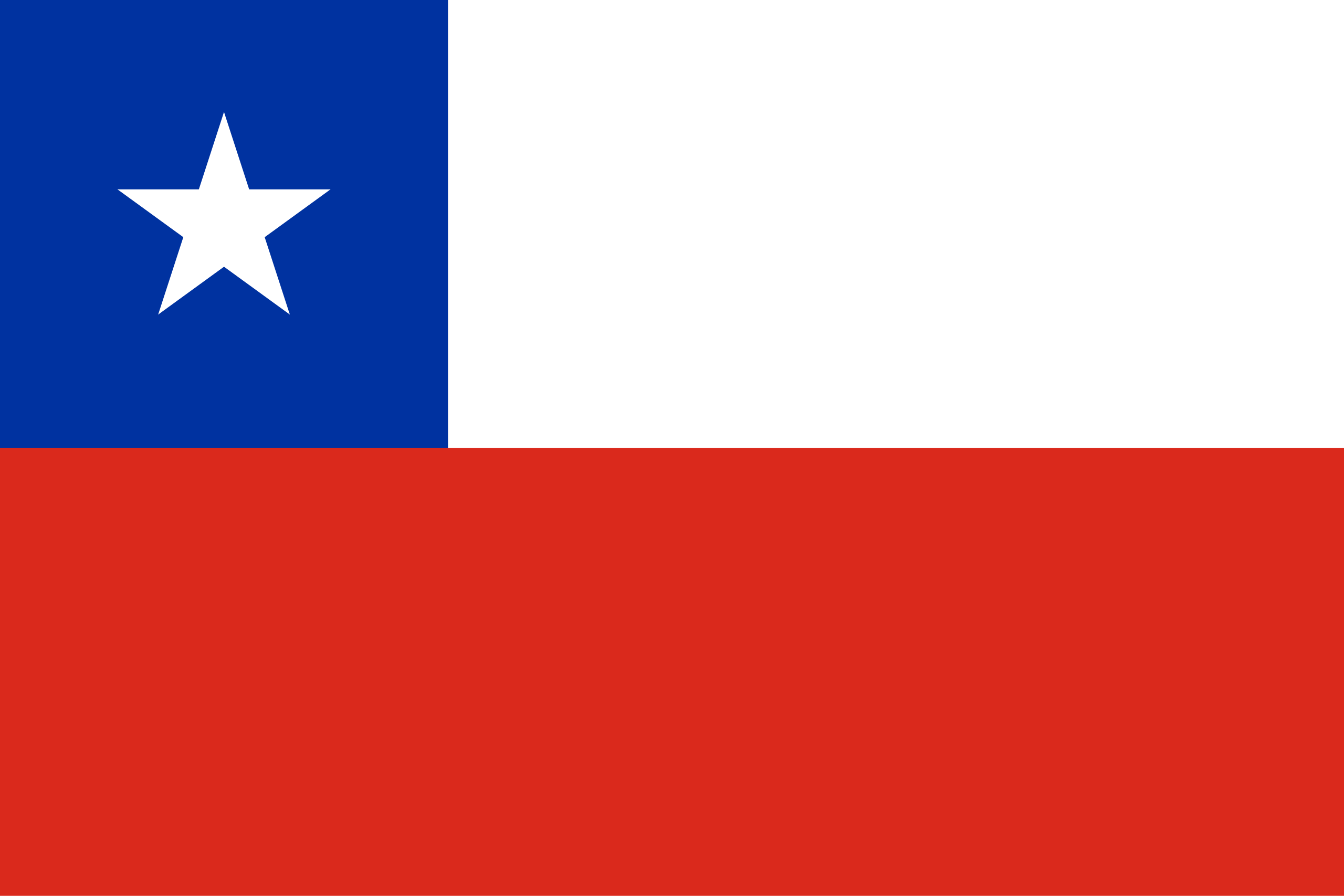
Language – ‘Hola’ (Pronounced “Oh-lah”). It’s the standard Spanish greeting used throughout all Spanish-speaking countries including Chile. Chilean Spanish is a variant of the Spanish language that originated on the Iberian Peninsula in Spain.
Food – Ajiaco is a soup common in Colombia, Cuba, Peru, and Chile. In Chile, Ajiaco is a food of northern origin. It contains many everyday ingredients such as beef, onion, carrots, garlic, paprika, colored chili, potatoes, and seasonings.
Traditions – The La Tirana is a religious festival that blends Catholic and indigenous traditions with elaborate costumes and dancing. The national dance is called the Cueca. It involves couples dancing vibrantly to live music while imitating a rooster courting a hen.
History and Landmark – In the 1500s, Spanish people came to Chile and started to rule over it. Chile became a colony of Spain, and it stayed that way for a long time. In 1810, people in Chile wanted to be free from Spain. After 8 years of fighting, Chile became independent in 1818.
Ecuador (Orchid_Group6)
Members: Ha, SLan (Slan) / Park, JunSung (William) / Lee, SeOn (Sean) / Kim, DongJun (Jason)
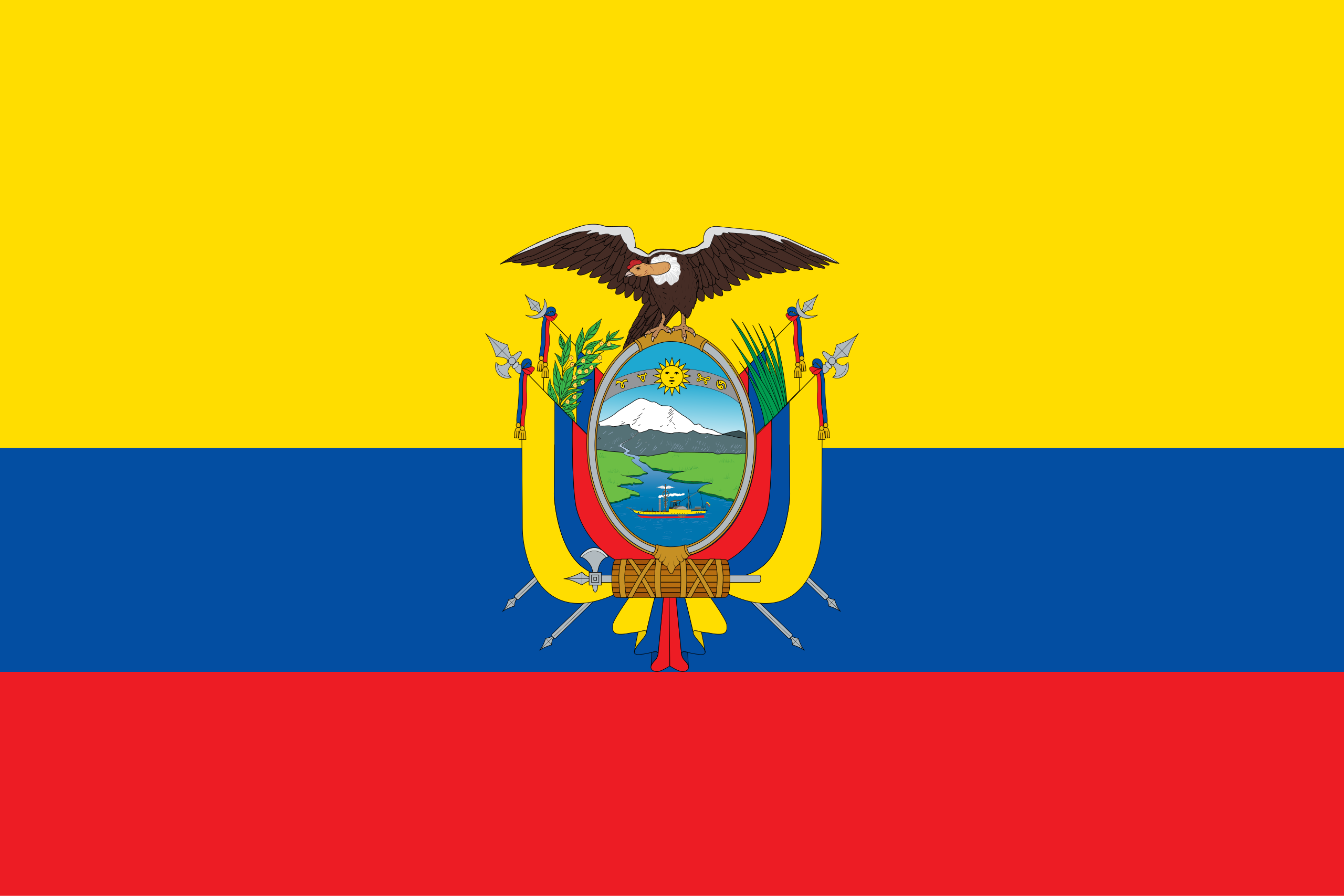
Language – Ecuador’s official language is Spanish, but Quichua is a language spoken by many indigenous people. Nine additional indigenous languages are also spoken in Ecuador. English is also spoken in major visitor centers.
Food – A famous food in Ecuador is Encebollado, an onion-dressed fish stew, which is regarded as a national dish. The dish is most popular in the country’s coastal region.
Traditions – There are many traditions in Ecuador, such as ‘The Widow’ tradition. During this event, men dress up as widows, sometimes with elaborate costumes and makeup.
History and Landmark – A famous landmark in Ecuador is the Virgin of El Panecillo, created by the Spanish sculptor Augustin de la Herrain. The Virgin of El Panecillo is one of the largest aluminium statues in the world and stands at 41 meters tall.
★Europe★
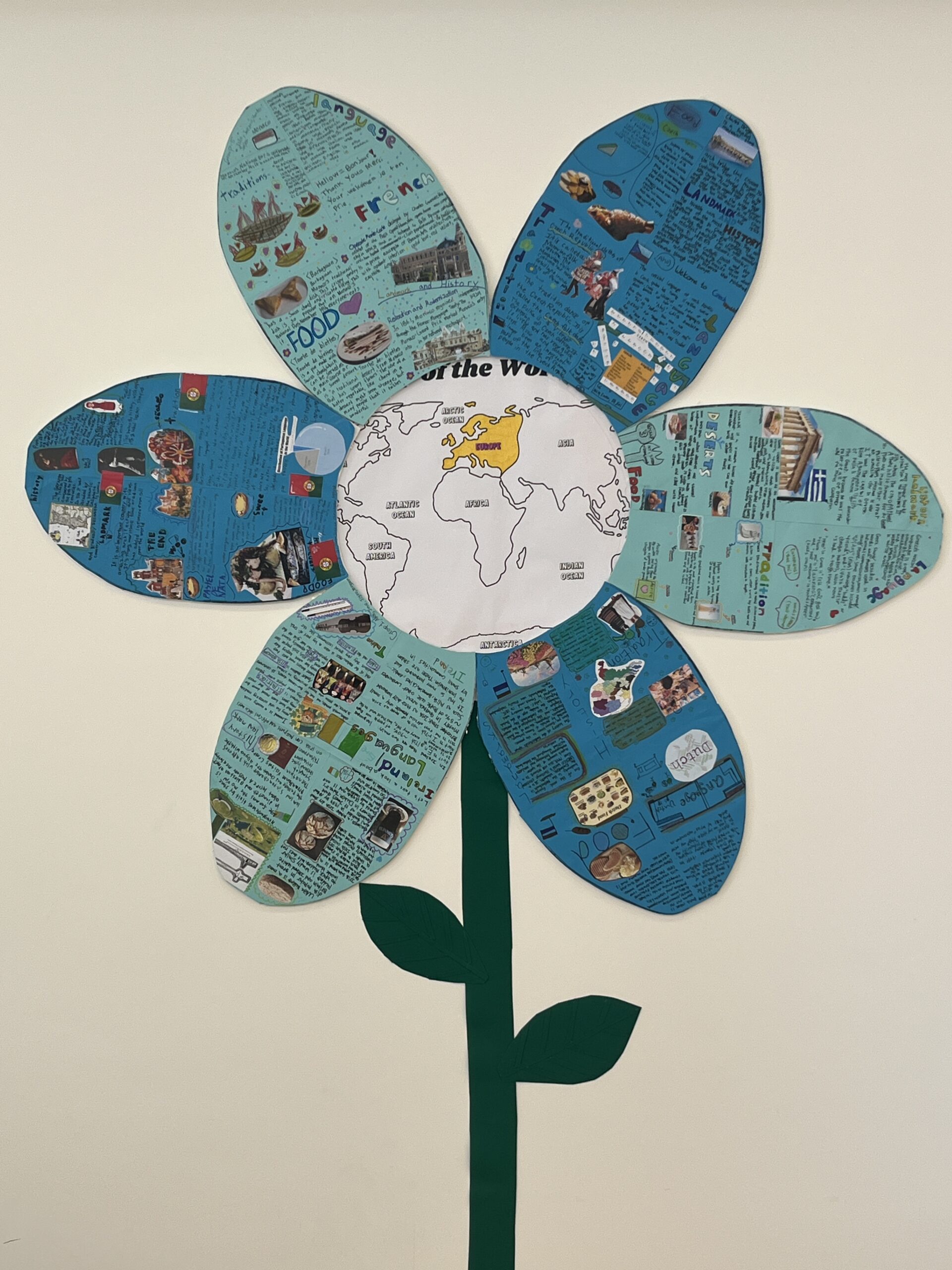
Ireland (Peony_Group1)
Members: Jo, SeoYoon (Seoyoon) / Lee, JoonSeo (June) / Park, JiYou (Jiyou) / Lee, EunWoo (Alex)

Languages – In Ireland, there are two main languages: English and Irish. 90% of people speak English. It’s used in everyday life, business, and in the government. 10% of people use Irish. Only a small percentage speaks Irish as their first language, mostly in Gaeltacht areas.
Food – Irish soda bread is a quick bread made with baking soda and buttermilk instead of yeast, making it simple and quick to prepare. It’s a staple in Irish cuisine, particularly enjoyed during the potato famine when ingredients were scarce.
Traditions – One of the most famous traditions in Ireland is St. Patrick’s Day, where people wear green clothes, watch parades, and look for four-leaved clovers. It celebrates St. Patrick, the person who brought Christianity to Ireland.
History and Landmarks – The national symbol of Ireland is the Irish Harp. This appears on Irish coins, passports, and official documents. It is a potent symbol of Irish national identity, representing pride, resistance, and the nation’s soul.
Portugal (Peony_Group2)
Members: Kim, DongYoon (Christoper) / Ko, SeoJin (Sophia) / Kim, HyoChan (Joshua) / Bae, JiAhn (Jiahn)
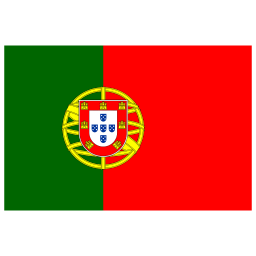
Language – Portuguese, like Spanish and French, is related to the Latin once spoken in ancient Rome. Portuguese is spoken on four continents: Europe, Africa, Asia, and South America. Only 45% of Portuguese speakers live in Portugal.
Food – The Portuguese snack, Pastel de nata, is a famous custard cream tart. Most of the people just call it ‘Nata’. Another dish called Polpo means ‘octopus’ in Portuguese. It is eaten with salad and fries.
Traditions – Portuguese culture is rich and diverse, known for its strong traditions in music, cuisine, and history. Fado music embodies deep emotion and nostalgia. Portugal also has a proud maritime history with explorers like Vasco da Gama, shaping its global legacy.
History and Landmarks – Portugal is an important country with amazing architecture and views. Its strong maritime tradition has added influences from all over the world.
Greece (Peony_Group3)
Members: Park, SeoEun (Sienna) / Jung, MinJun (MJ) / Park, YoonJin (Jinny) / Youn, KunWoo(Noah)

Language – Greece’s official language is Greek, although they use Macedonian, Albanian, and Turkish. English is also widely spoken, especially in tourist areas. An example of Greek slang is “φίλος” (filos), meaning ‘buddy’ or ‘friend’.
Food – Greek cuisine is known for its Mediterranean flavors, utilizing fresh ingredients like olive oil, wheat, wine, vegetables, grains, fish, and various meats. Moussaka is a layered baked dish featuring eggplant, minced meat, tomato sauce, and a creamy bechamel sauce.
Traditions – Greece’s traditional clothing is called chiton and peplos. Chiton is a tunic, often worn by both men and women with variations in length. Peplos is a long, sleeveless garment usually worn by women, often over a chiton.
History and Landmarks – The most popular tourist attraction is the Acropolis. It sits above the city of Athens. Athens is also famous for Aristotle, Plato, and many other great philosophers. The city of Pella is famous for Alexander the Great, because he was the ruler of all of Greece and a famous conqueror.
Netherlands (Peony_Group4)
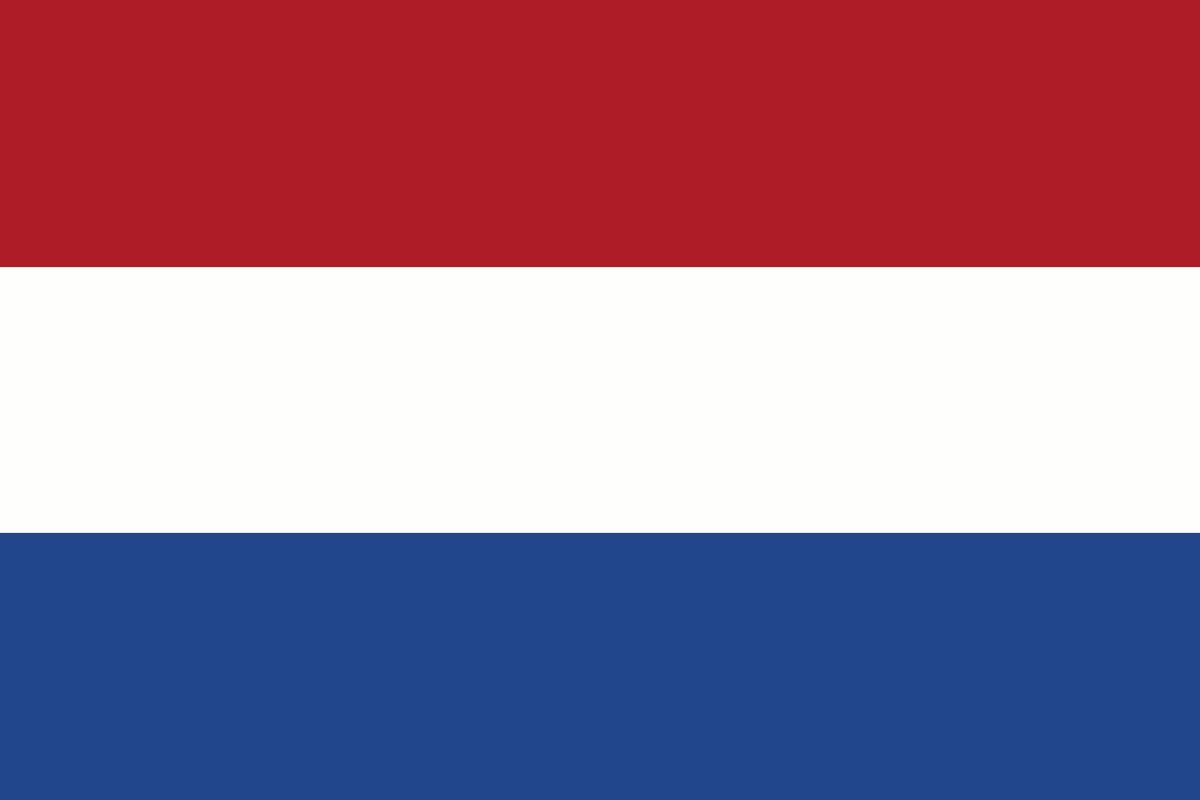
Members: Kwak, RiWan (Riwan) / Cho, SiYun (Son) / Koo, YeRin (Olivia) / Jung, YunHoo (Samuel)
Language – The primary official language of the Netherlands is Dutch. A strong tradition of language learning exists with a high percentage of the population proficient in English, German, and French.
Food – Dutch cuisine is known for its hearty, comforting dishes, often featuring meat, potatoes, and vegetables. Some popular foods include stamppot (mashed potatoes with vegetables), erwten soep (split pea soup), and stroopwafels (thin caramelized waffles).
Traditions – Traditional Dutch clothing showcases a rich regional diversity with elements like wooden shoes (klompen), bonnets, and kraplap (a stiff, starched cloth worn over the shoulders). The most famous regional costume is from Volendam, known for its pointed and curled women’s bonnets.
History and Landmarks – One of the most famous landmarks in the Netherlands is the Kinderdijk Windmills. It is a UNESCO World Heritage site listed since 1997. This mill network is a superb example of the water management technology and windmills utilized throughout the Netherlands for centuries.
Monaco (Peony_Group5)
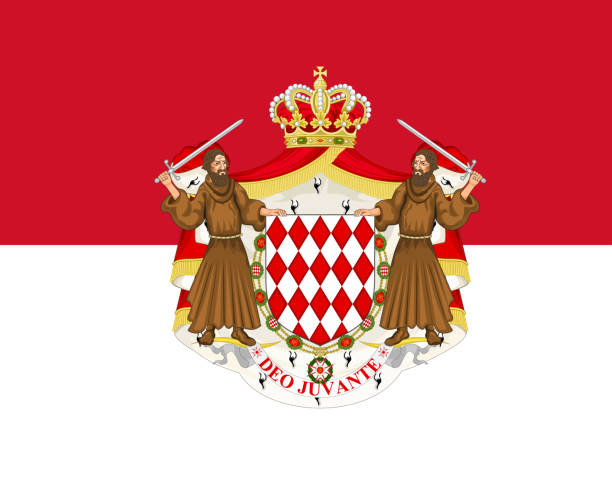
Members: Kim, VanDy (Vandy) / Rutherford, Isla (Isla) / Lee, JaeJun (Jaejun) / Choi, PilRim (Jayden)
Languages – Monaco’s official language is French. But they use English, Italian, and Occitan too. Monaco started using French as its official language in 1860. Before 1860, Italian was Monaco’s official language.
Food – Tourte de blettes is a pie made with Swiss chard, which can be served as a main course or as a sweet dessert. Tourte de blettes is a traditional dessert from Monaco that has savory flavors.
Traditions – Monaco’s National Day is celebrated on November 19, it honors the feast day of St. Rainier III. The day is celebrated with a religious service, a military parade, and various public events. It is one of the most important national celebrations.
Landmark and History – Opéra de Monte-Carlo, designed by Charles Garnier, the architect of the Paris Opera House, was completed in 1879. The building is a prime example of Beaux-Arts architecture, with opulent interiors, gold leaf, red velvet, and exquisite details.
Czech Republic (Peony_Group6)

Members: Song, HaIm (Haim) / Choi, SeungWoo (Kai) / Kim, SunJu (Emma) / Chun, SeJun (Eli)
Language – The official language of the Czech Republic is Czech, spoken by nearly 11 million native speakers. Czech is classified as part of the Slavic branch of Indo-European languages. You can use ‘Ahoj’, which translates to ‘hi’ or ‘hello’.
Food – Svíčková is a quintessential Czech dish of marinated beef sirloin with a whipped cream sauce and bread dumplings. Koleno, or pork knee, is a favorite dish that is eaten in Czech pubs and beer gardens. The pork knee is marinated in beer and garlic before slow-roasting it.
Traditions – The traditional clothes of the Czech Republic are called Moravian folk costumes. They have many fine details and include lots of flower patterns. The traditional dance of the Czech Republic is called the Czech Polka. It is lively and has very quick steps.
History and Landmark – Charles Bridge is a famous medieval stone arch bridge over the Vltava River in Prague. Legend says eggs were mixed into the mortar for strength. It’s been called “Charles Bridge” since the 1870s.
